Home>Garden Essentials>How Long Does Pet Grass Take To Grow
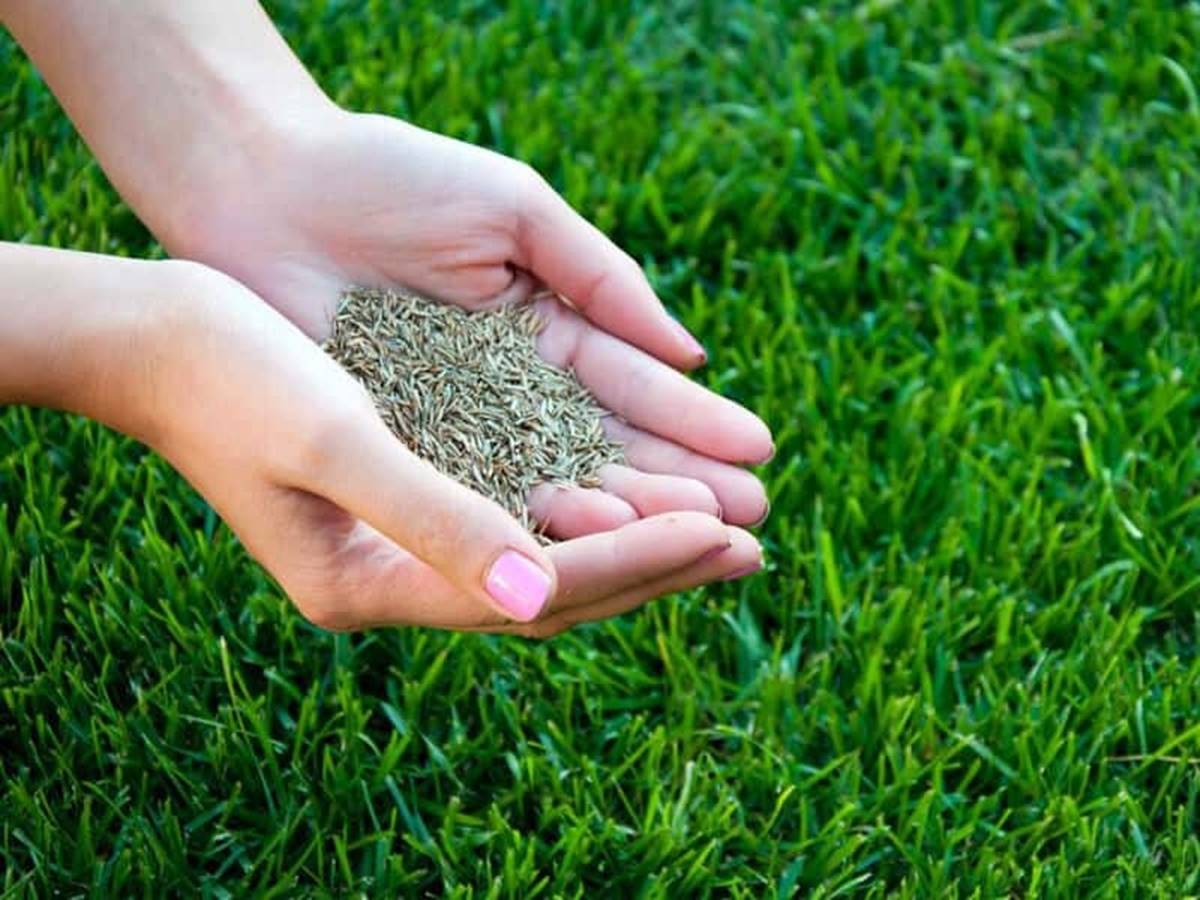

Garden Essentials
How Long Does Pet Grass Take To Grow
Modified: September 2, 2024
Discover how long it takes for pet grass to grow in your garden. Learn the necessary steps to cultivate a lush and healthy lawn for your furry friends.
(Many of the links in this article redirect to a specific reviewed product. Your purchase of these products through affiliate links helps to generate commission for Storables.com, at no extra cost. Learn more)
Introduction
Growing pet grass can be a rewarding experience for both gardeners and their furry friends. Not only does it provide a safe and natural alternative for pets to graze on, but it also offers a myriad of health benefits. Pet grass is rich in essential nutrients and fiber, promoting good digestion and overall well-being for your beloved four-legged companions.
In this article, we will explore the benefits of growing pet grass, the types of grass you can choose from, the steps to successfully grow it, and how to care for and harvest it. So, let’s get started and see how you can create a vibrant and enticing patch of pet grass for your furry pals to enjoy.
Key Takeaways:
- Growing pet grass benefits pets’ digestion, mental stimulation, and overall health. Choose the right grass type, provide proper care, and monitor growth factors for a thriving pet grass garden.
- Harvest and use pet grass to offer pets a healthy treat or as a decorative accent. Regular maintenance and monitoring ensure a vibrant and enjoyable pet grass garden.
Read more: How Long Does It Take For Grass To Grow
Benefits of Growing Pet Grass
Growing pet grass offers a range of benefits for both pets and their owners. Here are a few reasons why you should consider incorporating pet grass into your gardening plans:
- Promotes Digestive Health: Pet grass, such as wheatgrass or barley grass, is packed with fiber, which aids in digestion and helps prevent constipation in pets.
- Natural Hairball Remedy: Cats, in particular, can benefit from nibbling on pet grass as it helps them eliminate hairballs by inducing regurgitation.
- Provides Essential Nutrients: Pet grass is a rich source of essential vitamins and minerals, including vitamin A, vitamin C, and folic acid, which promote overall health for your pets.
- Alleviates Boredom and Stress: Chewing on fresh grass can provide mental stimulation and entertainment for pets, helping to reduce boredom and alleviate stress.
- Prevents Destructive Behavior: By giving your pets a more appealing alternative to chew on, such as pet grass, you can help redirect their attention from destructive behaviors like chewing on furniture or plants.
- Enhances Indoor Environment: For indoor pets, having access to pet grass can bring a touch of nature into their surroundings, creating a more stimulating and enriching environment.
- Aids in Hydration: Some pets may naturally gravitate towards chewing grass when they are thirsty. Having pet grass available can help encourage proper hydration.
- Boosts Immune System: Consuming pet grass promotes the production of chlorophyll, which helps detoxify the body and boosts the immune system.
With these benefits in mind, let’s now delve into the different types of pet grass you can choose from for your furry friends.
Types of Pet Grass to Choose From
When it comes to choosing the right type of pet grass for your furry companions, there are a few options to consider. Here are some popular choices:
- Wheatgrass: Wheatgrass is one of the most commonly chosen pet grasses. It is highly nutritious, packed with vitamins and minerals, and easy to grow both indoors and outdoors. Cats and dogs alike enjoy chewing on its long blades.
- Barley Grass: Barley grass is another excellent option for pet grass, known for its high fiber content. It helps promote healthy digestion and can be grown indoors or outdoors.
- Oat Grass: Oat grass is a quick-growing and hardy grass that is safe for pets to consume. It is rich in fiber and can be grown both indoors and outdoors.
- Rye Grass: Rye grass is a cool-season grass that can be easily grown in containers or in the garden. It is a favorite among pets due to its soft texture and sweet taste.
When selecting pet grass, it’s important to consider the specific needs and preferences of your pets. Some may have certain allergies or sensitivities, so it’s always a good idea to consult with your veterinarian before introducing any new types of grass into their diet. Now that you have an idea of the different options available, let’s move onto the preparation steps for growing pet grass.
Preparation for Growing Pet Grass
Before you start growing pet grass, it’s important to make the necessary preparations to ensure a successful and thriving grass patch for your furry friends. Here are some steps to follow:
- Select a Suitable Growing Container: Choose a container that is large enough to accommodate the growth of the grass and allows for proper drainage. You can use shallow trays, pots, or specialized pet grass kits available in the market.
- Choose a Nutrient-Rich Soil: Use a high-quality potting mix or organic soil for your pet grass. Look for soil that is well-draining and nutrient-rich to provide optimal growing conditions.
- Soak the Seeds: Before planting, soak the pet grass seeds in water for a few hours. This will help speed up the germination process.
- Prepare the Growing Container: Fill the container with the prepared soil, ensuring it is evenly spread and leveled.
- Plant the Seeds: Sprinkle the soaked pet grass seeds evenly over the soil’s surface. Lightly press them into the soil to ensure good seed-to-soil contact.
- Water Gently: Use a gentle spray of water to moisten the soil evenly. Avoid overwatering, as this can lead to mold or root rot.
- Find the Right Location: Place the container in a location that receives adequate sunlight, typically around 4-6 hours a day. If growing indoors, ensure there is sufficient artificial light.
Now that you have prepared the necessary groundwork, it’s time to move forward with the actual steps for growing pet grass. Let’s explore these steps in detail in the following section.
Steps to Growing Pet Grass
Now that you have made the necessary preparations, it’s time to start growing pet grass. Follow these steps to ensure successful growth:
- Keep the Soil Moist: After planting the seeds, it’s important to keep the soil consistently moist. Mist the soil lightly with water whenever it starts to dry out.
- Provide Adequate Sunlight: Place the container in a location that receives ample sunlight or artificial light. Pet grass requires sunlight for photosynthesis and healthy growth.
- Monitor Temperature: Ensure that the temperature in the growing area is suitable for your chosen grass variety. Most pet grasses prefer temperatures between 60-75°F (15-24°C).
- Trim and Prune: As the grass grows, keep it at a manageable height by trimming it regularly with scissors. This will encourage thicker and healthier growth.
- Prevent Overcrowding: If you notice overcrowding or clumping of the grass, gently thin it out by pulling out excess blades to allow for better air circulation and prevent fungal growth.
- Protect from Pets: While the grass is growing, it’s essential to protect it from excessive chewing or digging by pets. Consider using a temporary barrier or placing the container in an area that is inaccessible to them.
- Monitor for Pests and Diseases: Keep an eye out for any signs of pests or diseases, such as yellowing leaves or discoloration. Treat any issues promptly to ensure the health of your pet grass.
By following these steps, you’ll be well on your way to growing lush and healthy pet grass. However, it’s important to note that the growth rate of pet grass can vary depending on various factors. Let’s explore these factors in detail in the next section.
Pet grass typically takes 7-10 days to grow. Make sure to water it regularly and place it in a sunny spot for best results.
Read more: How Long Does It Take Seeded Grass To Grow
Factors Affecting Growth Rate of Pet Grass
Several factors can influence the growth rate and overall health of your pet grass. Understanding these factors will help you create the optimal conditions for successful growth. Here are some key factors to consider:
- Temperature: Pet grass generally thrives in moderate temperatures, between 60-75°F (15-24°C). Extreme temperatures, whether too hot or too cold, can hinder growth.
- Sunlight: Adequate sunlight is crucial for photosynthesis and the growth of pet grass. Ensure that your grass receives at least 4-6 hours of direct sunlight per day or provide supplemental artificial light.
- Watering: Proper watering is essential to keep the soil consistently moist, but be cautious not to overwater. Too much water can lead to root rot and fungal diseases, while insufficient watering can cause the grass to wither and die.
- Soil Quality: The quality of the soil directly impacts the growth of pet grass. Ensure that the soil is well-draining, rich in nutrients, and has a pH level suitable for your chosen grass variety.
- Air Circulation: Good air circulation around the grass helps prevent the development of mold or fungal diseases. Avoid overcrowding the grass and ensure that there is adequate space for airflow.
- Pet Interaction: Pets can sometimes unintentionally damage or hinder the growth of pet grass. Monitor their behavior around the grass and take necessary precautions to protect it from excessive chewing or digging.
- Seed Quality: The quality and viability of the seeds you use for planting can impact the growth rate of pet grass. Choose high-quality seeds from reputable sources to ensure optimal germination and growth.
By considering these factors and making appropriate adjustments, you can create the ideal environment for your pet grass to thrive. With proper care and attention, your grass will grow and flourish, providing a delightful and healthy treat for your furry friends.
Timeframe for Pet Grass to Fully Grow
The timeframe for pet grass to fully grow can vary depending on several factors, including the type of grass, growing conditions, and environmental factors. On average, pet grass can take approximately 1-3 weeks to reach its full growth potential. However, it’s important to note that this is just an estimate, and individual results may vary.
Factors that can influence the growth rate of pet grass include:
- Grass Variety: Different types of pet grass have varying growth rates. Some varieties, like wheatgrass or barley grass, tend to grow faster than others.
- Growing Conditions: Providing optimal growing conditions, such as proper watering, adequate sunlight, and regular maintenance, can promote faster and healthier growth.
- Temperature: Warmer temperatures can accelerate the growth rate of pet grass, while colder temperatures may slow it down.
- Seed Viability: The quality and viability of the seeds used for planting can affect the germination and growth rate. Fresh, high-quality seeds will generally result in faster growth.
During the initial stages of growing pet grass, you may notice sprouts emerging from the soil within a few days. As the grass continues to grow, it will develop more blades and reach its full height within the estimated timeframe.
It’s important to monitor the growth of your pet grass closely and make any necessary adjustments to ensure its health and vitality. Be patient and provide consistent care to help your pet grass thrive and reach its full growth potential.
Next, let’s explore the essential steps for maintaining and caring for your pet grass to keep it looking vibrant and fresh.
Maintaining and Caring for Pet Grass
To keep your pet grass looking lush and healthy, regular maintenance and proper care are essential. Here are some important steps to follow:
- Watering: Pet grass requires consistent moisture, so water it regularly to keep the soil evenly moist. Avoid overwatering, as it can lead to root rot or fungal diseases. Instead, aim for a moderate amount of water, ensuring that the soil doesn’t dry out completely.
- Mowing or Trimming: As your pet grass grows, it may benefit from periodic mowing or trimming. This helps promote thicker and healthier growth. Trim the grass blades to a suitable height with sharp scissors or gardening shears, taking care not to cut it too short.
- Fertilization: Pet grass can benefit from periodic fertilization to replenish nutrients in the soil. Use a pet-safe organic fertilizer and follow the recommended instructions for application. Avoid over-fertilizing, as it can damage the grass.
- Protect from Pests: Keep an eye out for any signs of pests, such as insects or grubs, and take appropriate measures to control them. You can use organic pest control methods or consult a professional for assistance.
- Remove Weeds: Regularly inspect your pet grass for any weeds and promptly remove them to prevent competition for nutrients and space. Be careful when removing weeds to avoid damaging the roots of the pet grass.
- Adequate Sunlight: Pet grass requires sufficient sunlight to thrive. Ensure that it receives at least 4-6 hours of direct sunlight per day or provide supplemental artificial light if growing indoors. Rotate the container occasionally to ensure even exposure to sunlight.
- Monitor for Disease: Keep an eye out for any signs of disease, such as discoloration, wilting, or yellowing leaves. If you notice any issues, promptly treat them using appropriate organic methods or seek advice from a gardening professional.
- Replanting: Over time, the pet grass may become thin or show signs of aging. When this happens, it’s time to replant with fresh soil and seeds to ensure continued healthy growth.
By following these maintenance practices, you can keep your pet grass vibrant and inviting for your furry friends. Regular care and attention will help ensure that your pet grass remains a safe and enjoyable treat for your pets to indulge in.
Now that you know how to maintain and care for your pet grass, let’s move on to the next steps – harvesting and using the pet grass!
Harvesting and Using Pet Grass
Once your pet grass has reached a suitable height and is lush and vibrant, it’s time to start harvesting and using it. Here are the steps to harvest and make the most of your pet grass:
- Harvesting: To harvest the pet grass, use sharp scissors or gardening shears to cut the grass blades just above the soil level. Trim the grass in small sections, leaving some blades behind for regrowth.
- Offer Fresh to Pets: After harvesting, offer the fresh-cut pet grass to your furry friends right away. Cats, dogs, and other small animals will often enjoy nibbling on the grass as a healthy and stimulating treat.
- Use as Decorative Accent: You can also use harvested pet grass as a decorative accent in your home. Arrange small bunches in vases or planters to add a touch of greenery to your indoor spaces.
- Dry for Later Use: If you want to save some pet grass for later use, you can dry it by loosely bundling the cut grass and hanging it upside down in a well-ventilated area. Once fully dry, store it in an airtight container for future use.
- Introduce Gradually: When introducing pet grass to your pets for the first time, it’s important to do so gradually. Start with small amounts and observe how your pets react. Some pets may need time to adjust to the taste and texture of the grass.
- Monitor Chewing Behavior: While pet grass can provide numerous benefits, it’s important to monitor your pets’ chewing behavior. Ensure they are not consuming excessive amounts of grass, as it can lead to digestive issues. If you notice any adverse reactions, consult your veterinarian.
Remember to regularly harvest and trim your pet grass to encourage new growth and maintain its freshness. As always, prioritize the health and well-being of your pets and adjust their grass consumption according to their individual needs.
Congratulations! You have successfully learned about the benefits of growing pet grass, different types to choose from, how to prepare and grow it, factors affecting its growth, timeframe for full growth, maintaining and caring for the grass, and harvesting and using it. By implementing these practices, you can create a thriving and enjoyable environment for your pets to indulge in the goodness of pet grass.
Keep experimenting and exploring various pet grass varieties to find the ones that your furry friends enjoy the most. Enjoy the journey of growing pet grass and witnessing the joy it brings to your pets’ lives!
Now, go ahead and start growing your pet grass garden. Happy gardening!
Conclusion
Growing pet grass not only provides a nutritious and safe treat for your beloved pets but also adds a touch of natural beauty to your garden or indoor spaces. By cultivating pet grass, you can promote good digestion, alleviate boredom, and enhance the overall well-being of your furry companions.
In this article, we explored the numerous benefits of growing pet grass, the different types available, and the steps to successfully cultivate it. We also discussed the factors that can influence the growth rate of pet grass and the necessary care and maintenance required to keep it healthy.
Remember to choose a suitable grass variety, provide the right growing conditions, and monitor the watering and sunlight needs of your pet grass. Regular trimming and proper pest control are also essential to ensure its vitality.
Harvesting pet grass offers you the opportunity to offer a fresh and enriching treat to your pets or use it as a decorative accent in your home. By following the guidelines provided, you can create a vibrant and appealing pet grass garden that your furry friends will adore.
Always prioritize the well-being of your pets and monitor their chewing behavior when introducing pet grass. If any concerns arise, consult your veterinarian for guidance.
So go ahead and embark on the journey of growing pet grass – your pets will thank you for it! Enjoy the process, and may your garden flourish with healthy and happy pet grass.
Happy gardening and delightful pet grass adventures!
Frequently Asked Questions about How Long Does Pet Grass Take To Grow
Was this page helpful?
At Storables.com, we guarantee accurate and reliable information. Our content, validated by Expert Board Contributors, is crafted following stringent Editorial Policies. We're committed to providing you with well-researched, expert-backed insights for all your informational needs.
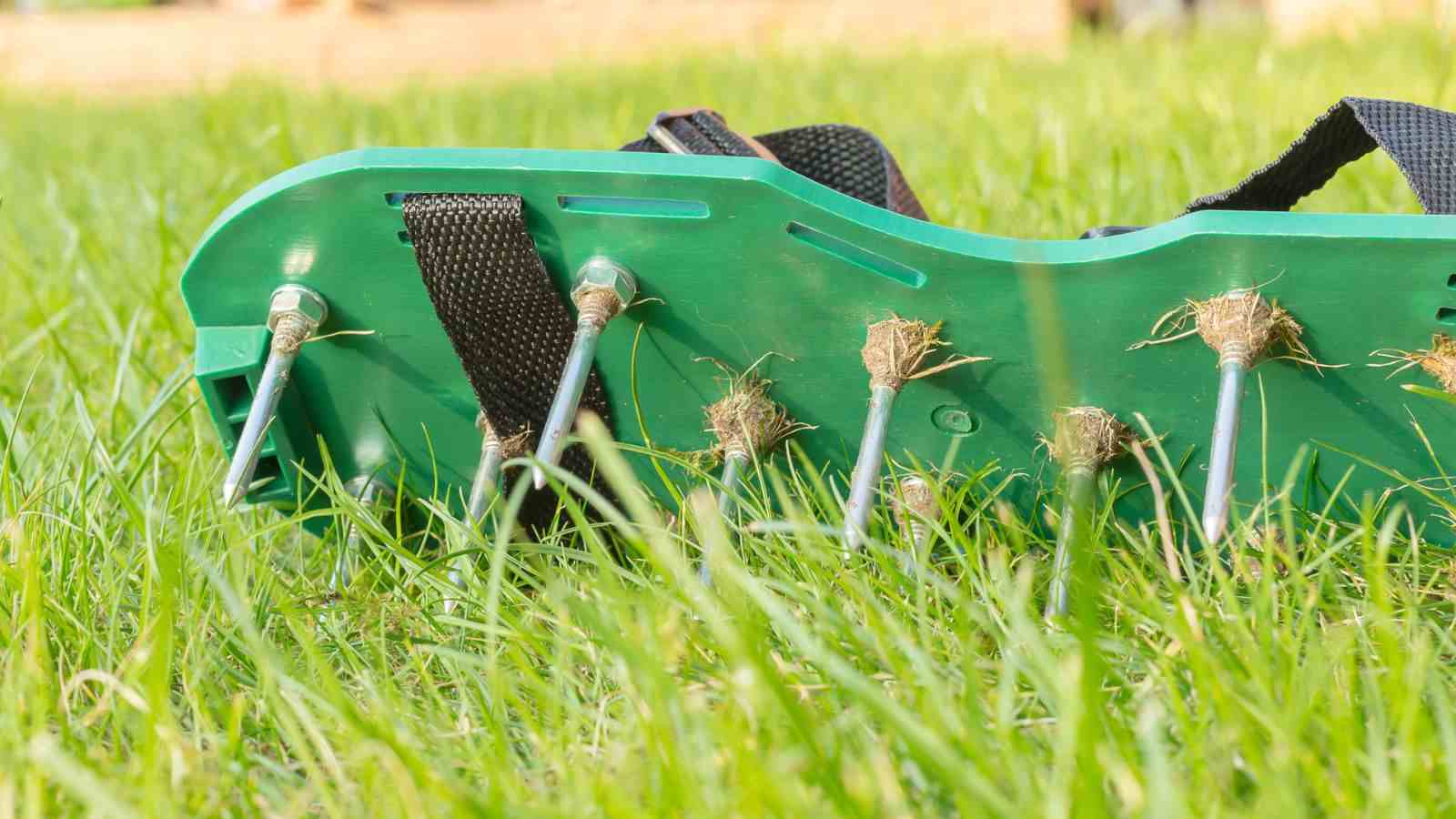
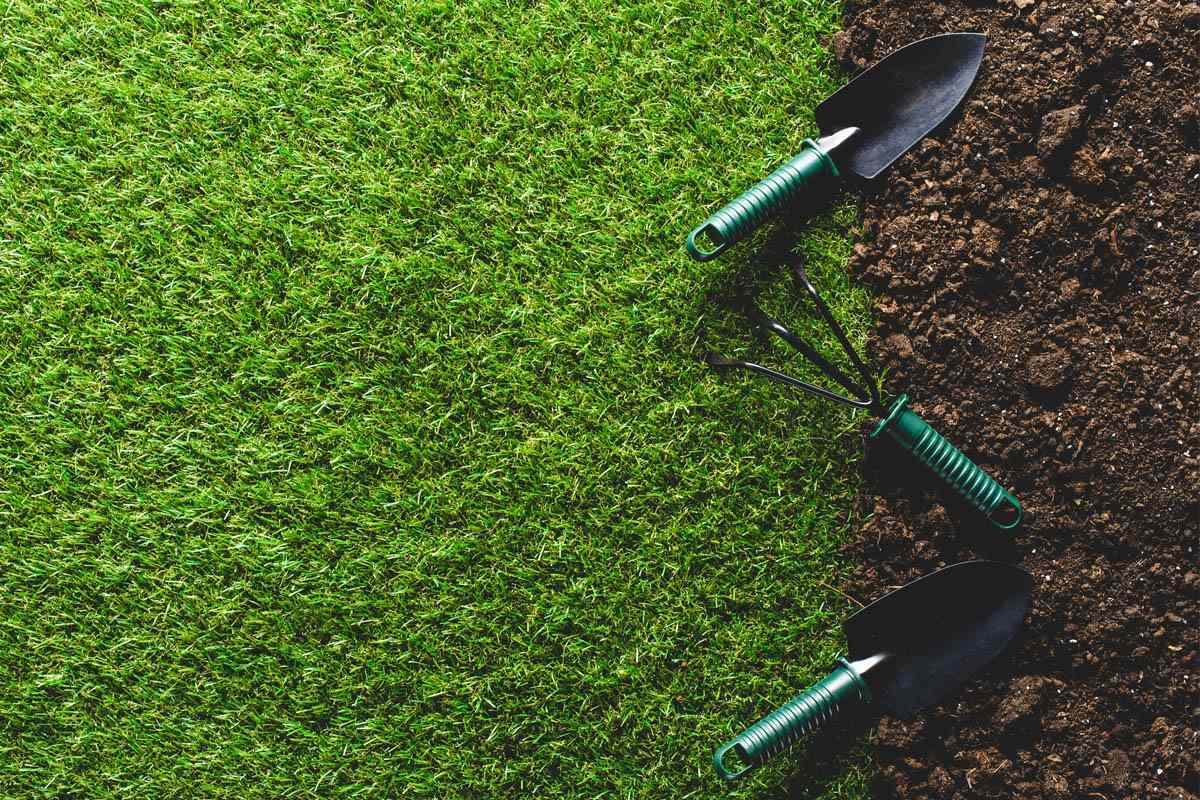
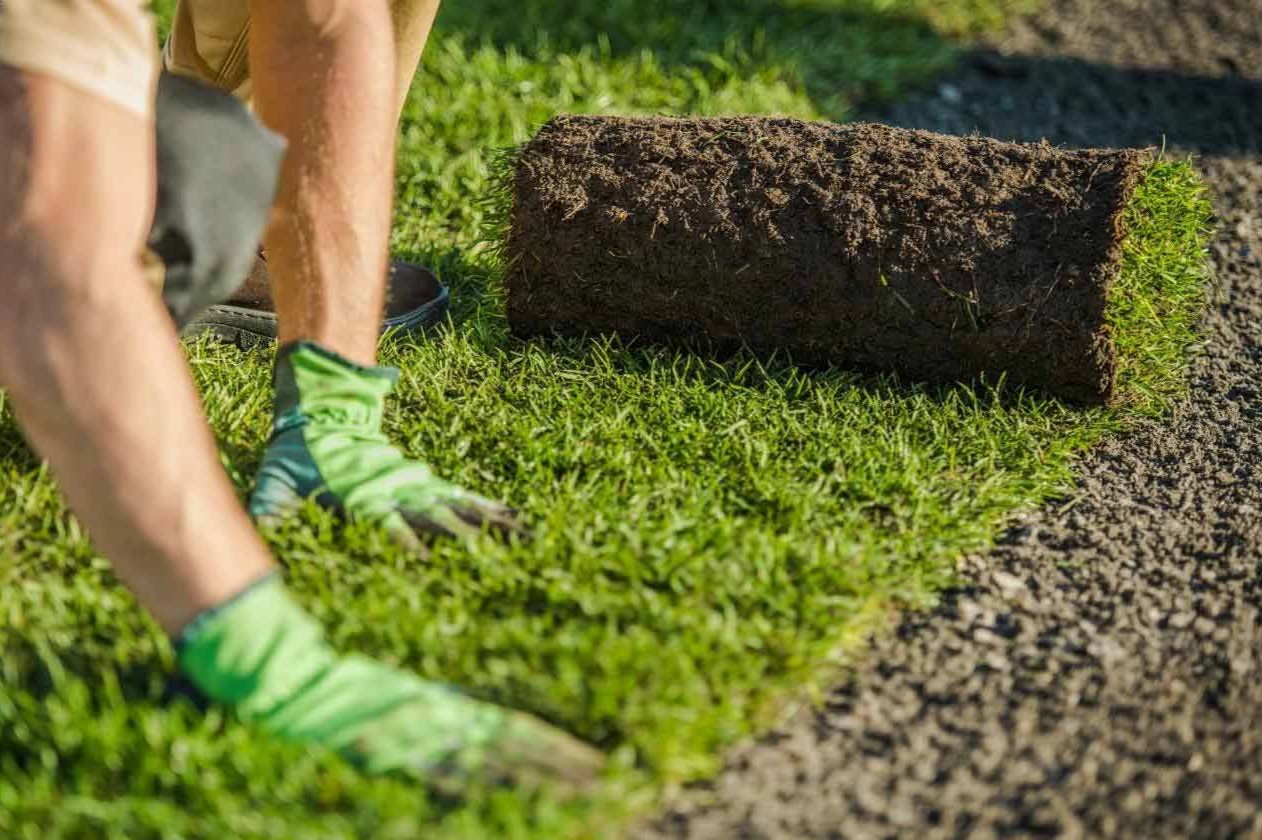
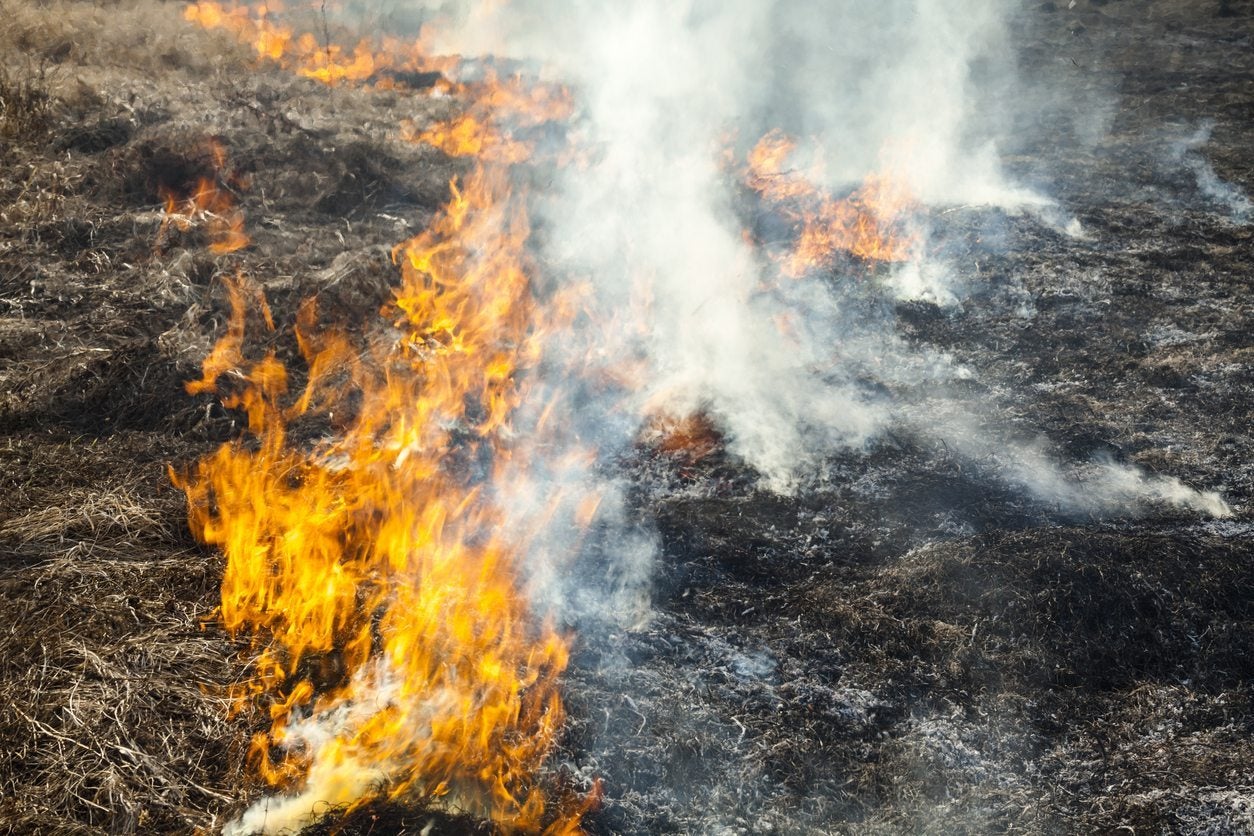
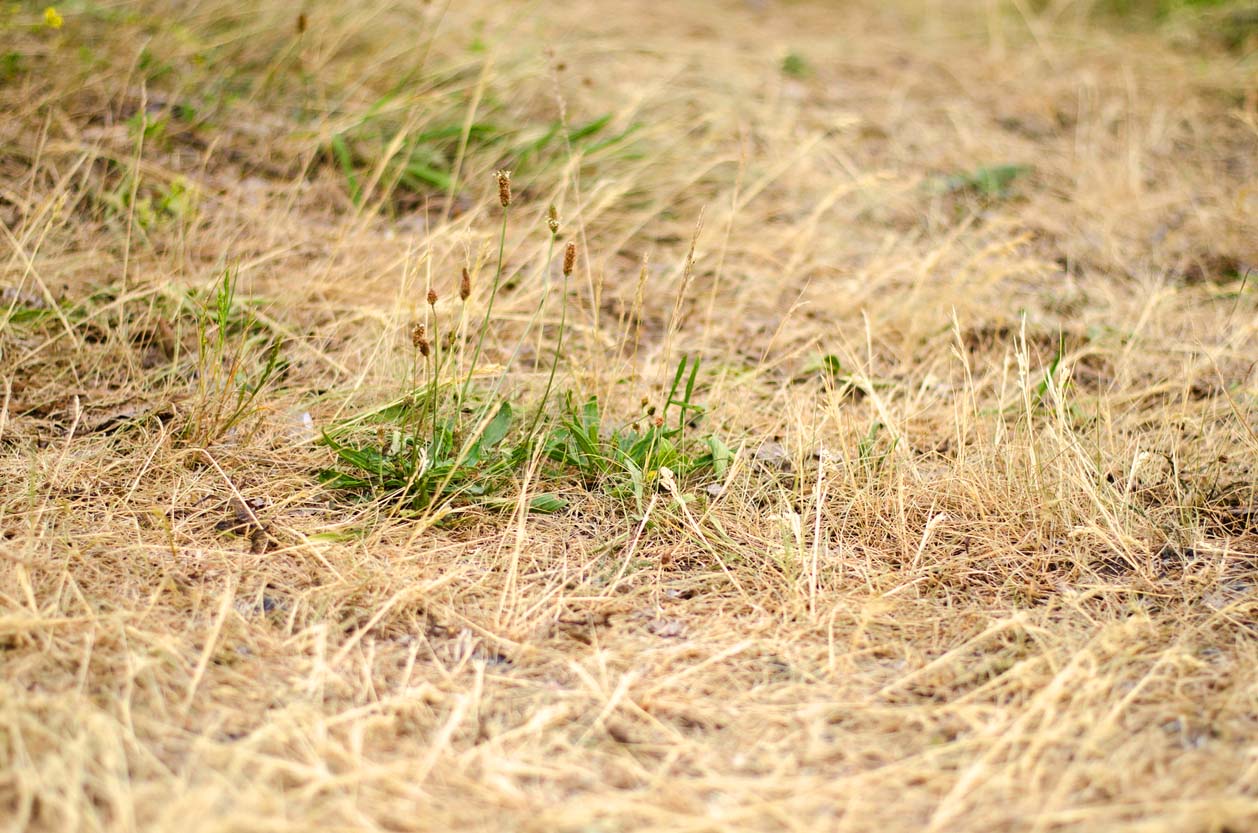
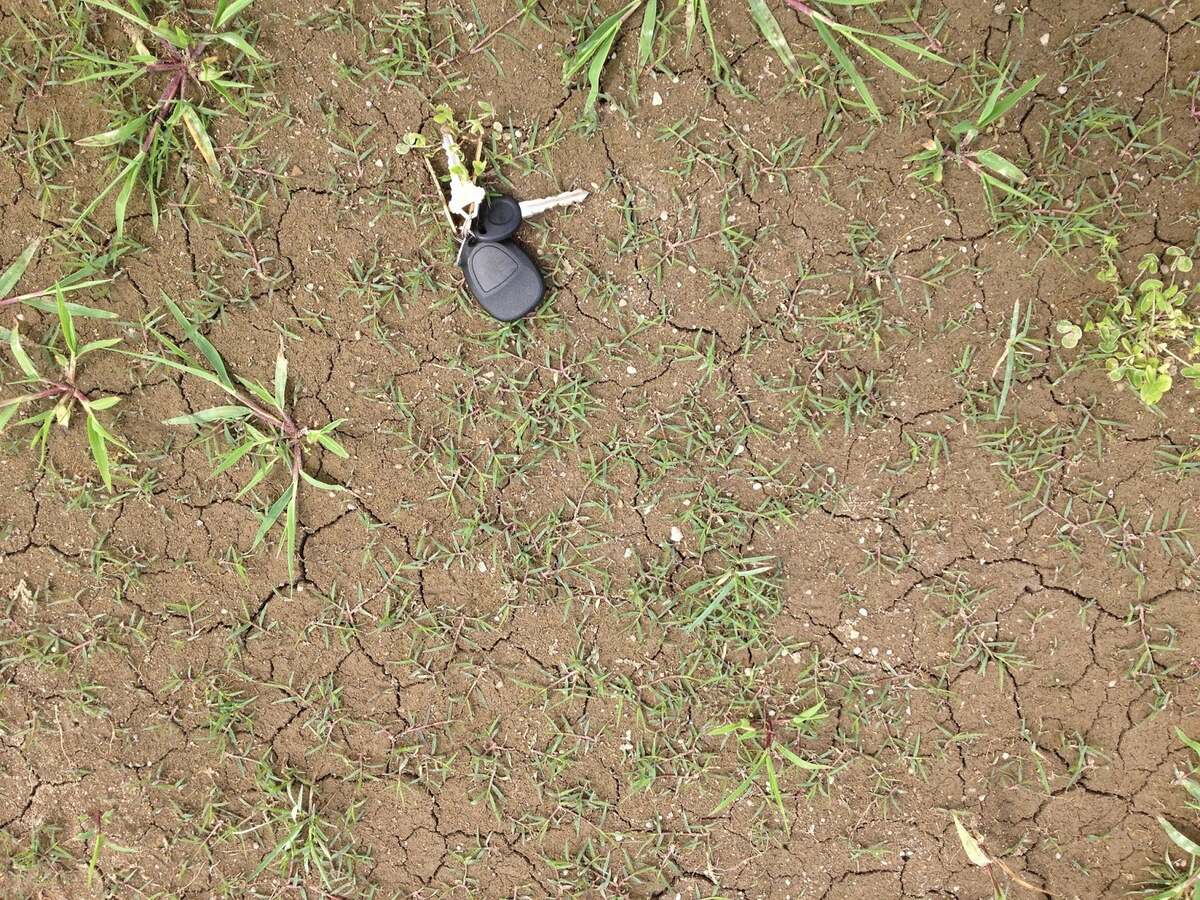
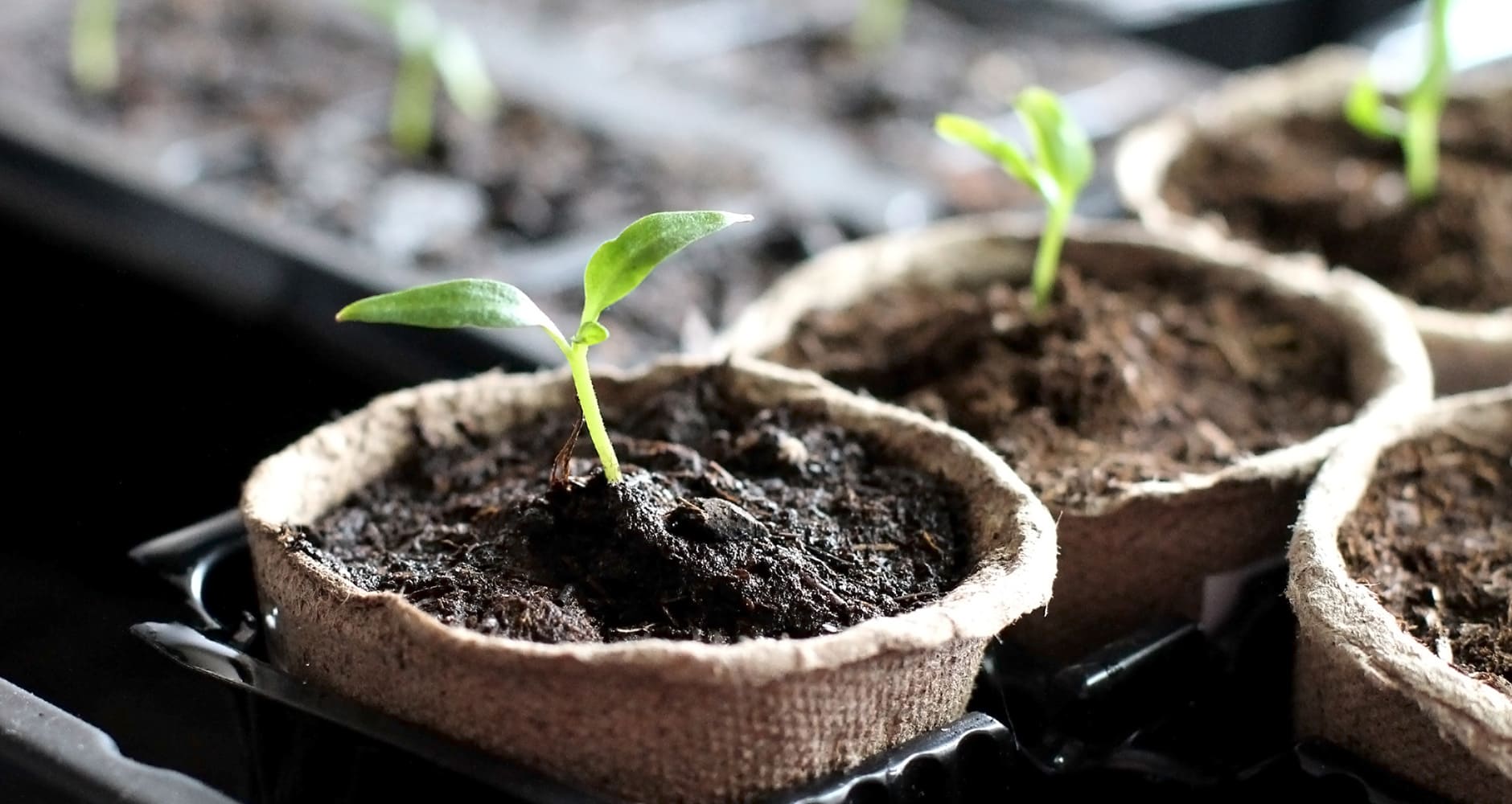
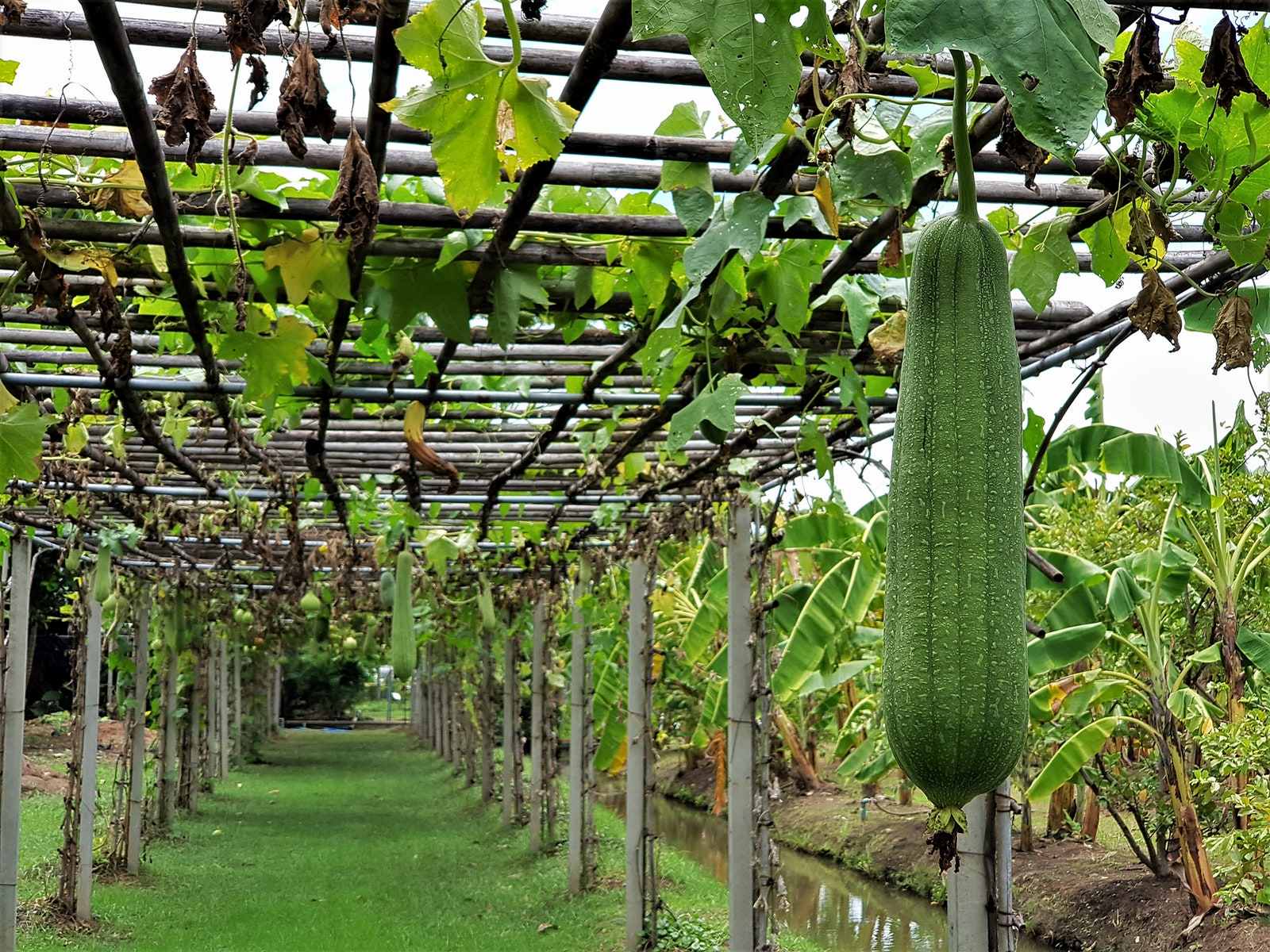
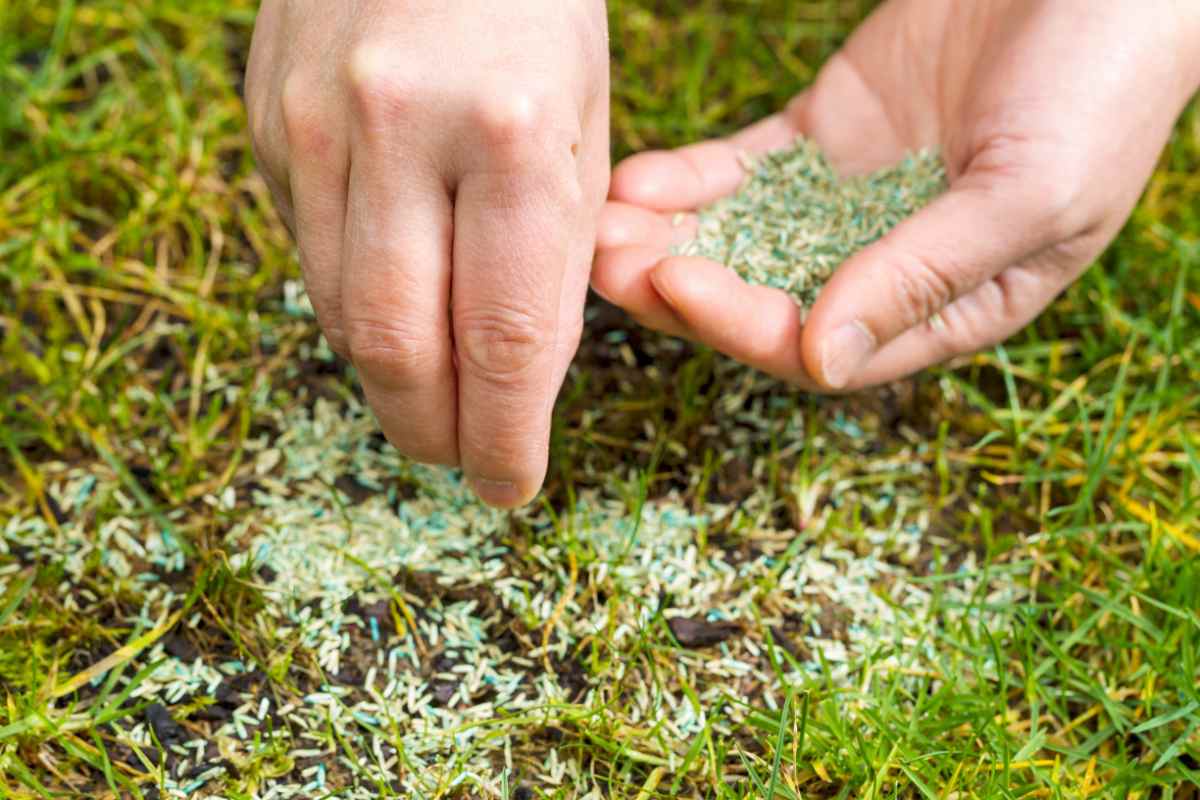
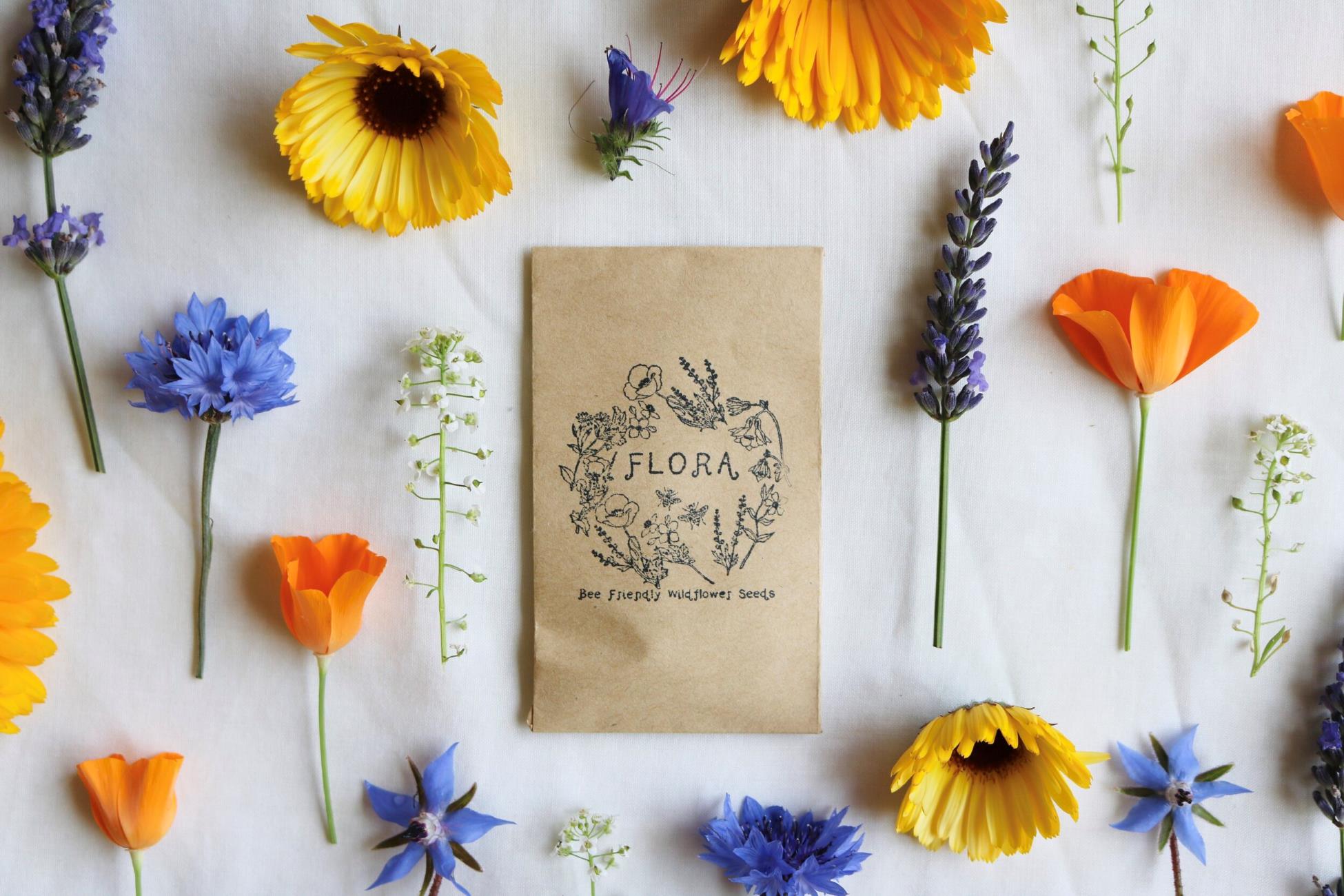
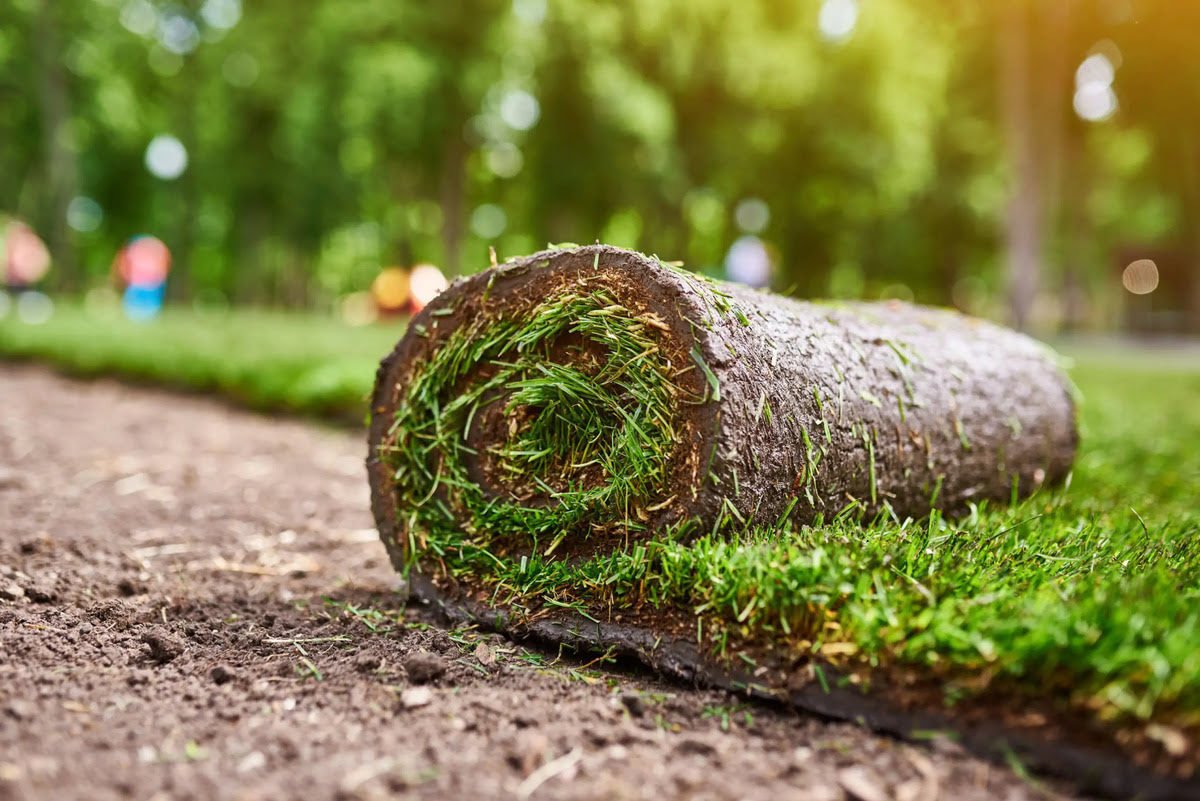
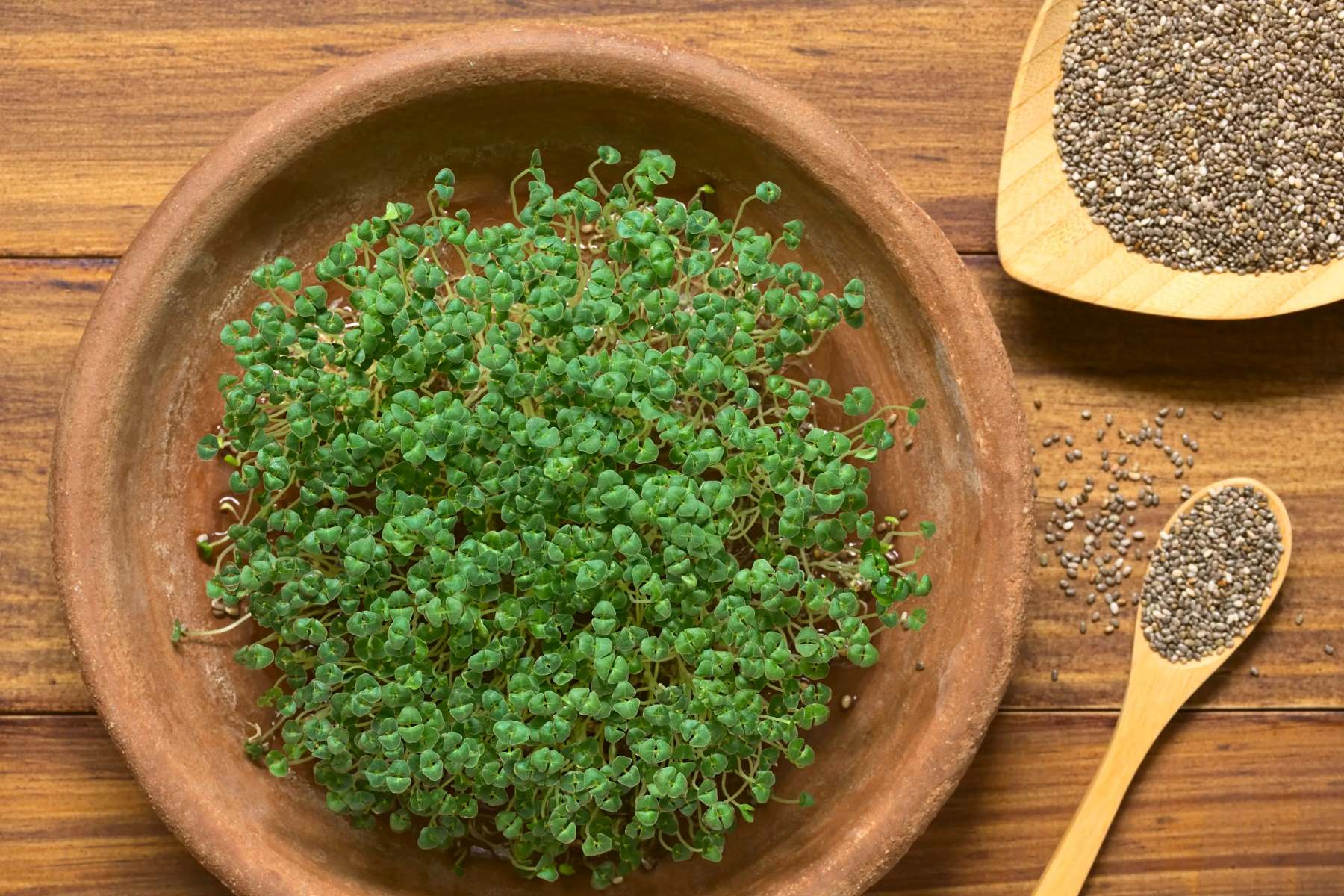
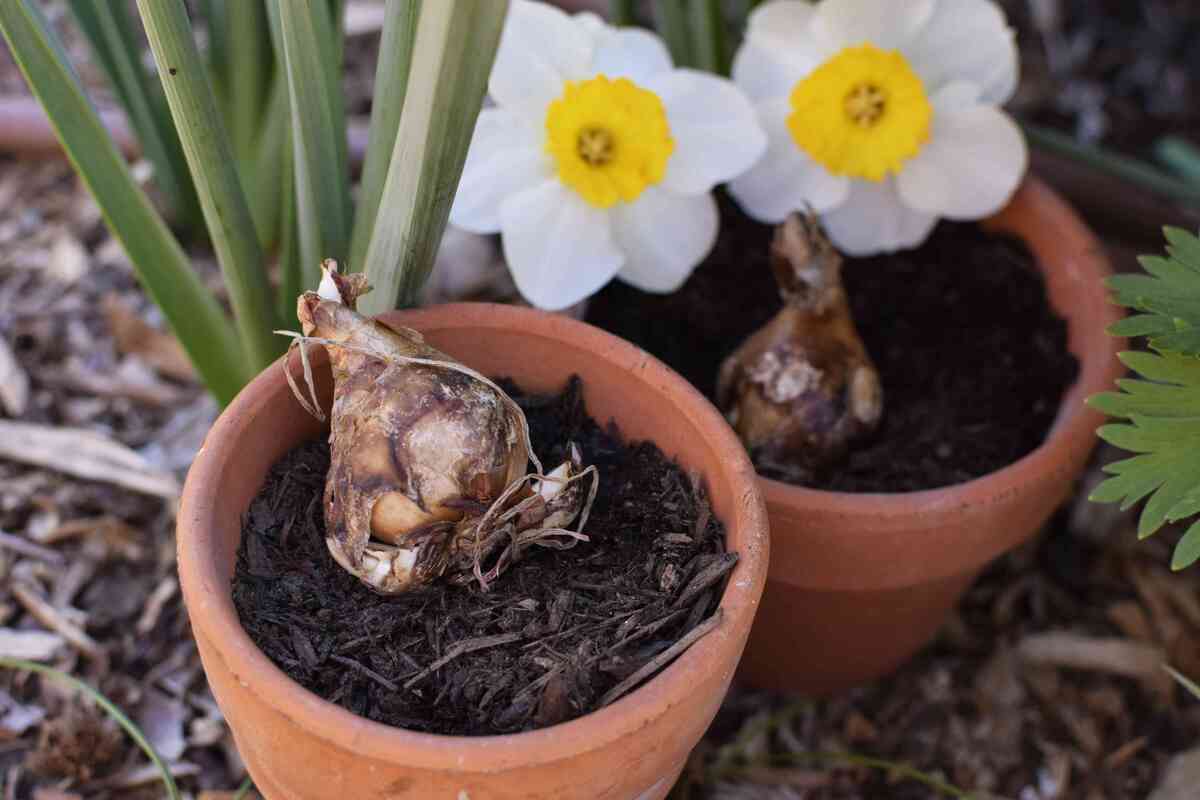

0 thoughts on “How Long Does Pet Grass Take To Grow”